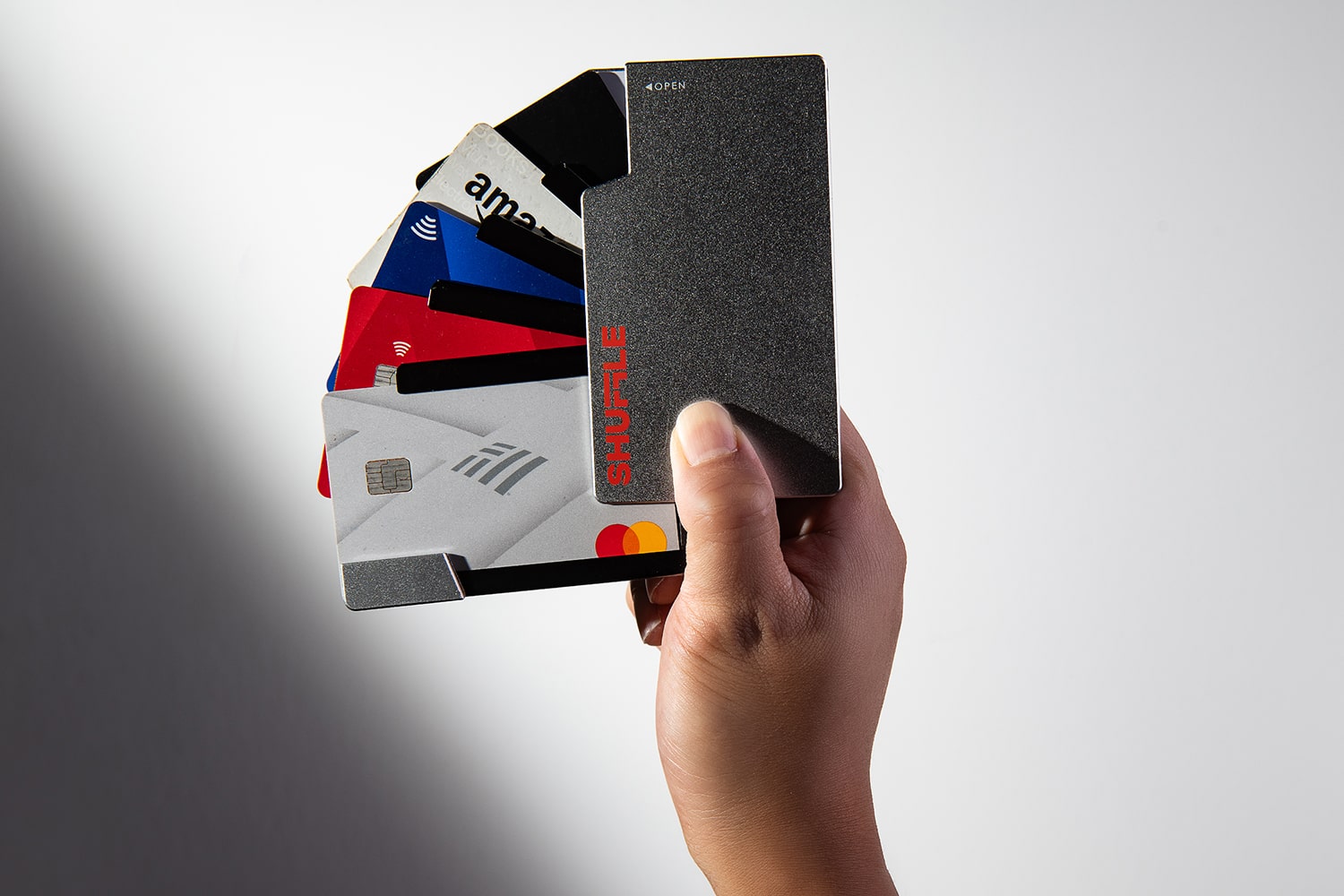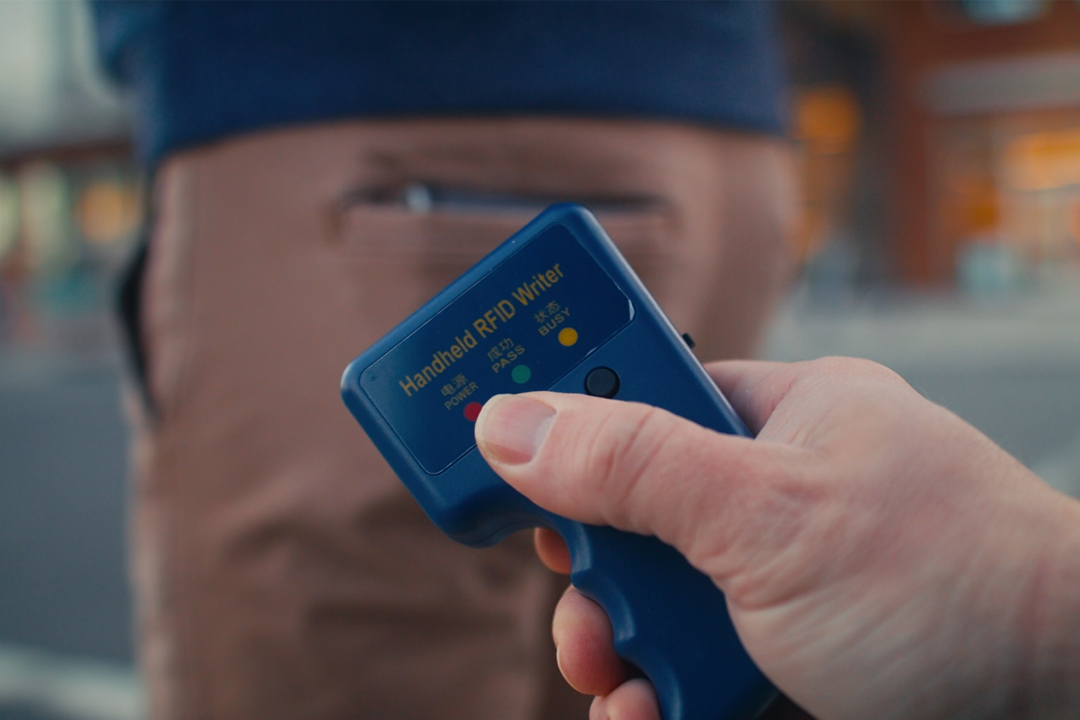When you’re an active person—whether trekking city streets, hiking forest trails, or conquering mountain peaks—your wallet needs to be more than just a pocket accessory. It must be tough, secure, and reliable. As someone who’s scaled mountain ranges and biked across cities, I know the importance of carrying a wallet that can withstand the elements and the demands of daily life. But what truly is the strongest material for wallets? Let’s break it down with proven advice, real-world insights, and authoritative data.
1. Defining “Strongest” for Wallets
“Strongest” means more than just being hard to break. For wallets, it’s about:
- Durability: Resistance to wear, tear, and weather.
- Security: Protection against data theft (like RFID skimming).
- Weight: Strong materials should also be lightweight for comfort.
- Functionality: Adaptability and ease of use.
2. Top Strong Materials for Wallets
A. Carbon Fiber
Carbon fiber is widely regarded as one of the strongest and lightest materials for wallets. Used in aerospace and high-performance sports equipment, it offers:
- High tensile strength: Does not deform or break under pressure (AZO Materials).
- Lightweight: Keeps your EDC (everyday carry) comfortable.
- Corrosion resistance: Won’t rust in harsh weather.
On rainy hikes and muddy trails, my carbon fiber wallet never absorbed moisture or lost shape—a huge plus for outdoor enthusiasts.
B. Aluminum Alloy
Aluminum wallets are strong, lightweight, and resistant to corrosion. They often include RFID-blocking technology, adding a layer of digital security.
- RFID Protection: Prevents unauthorized wireless data theft (Norton).
- Robustness: Withstands drops and impacts.

C. Titanium
Titanium is synonymous with strength and durability. It is:
- Exceptionally tough: Used in aerospace and medical implants (Britannica).
- Lightweight yet dense: Resists dents and scratches.
- Corrosion-resistant: Ideal for wet or salty environments.
While titanium is premium-priced, I’ve found it to be nearly indestructible—even after accidental drops off rocky ledges during mountain biking.
D. High-Grade Steel
Stainless steel wallets are less common but offer unmatched rigidity and resistance to deformation.
- Pros: Virtually unbreakable, highly secure.
- Cons: Heavier than other materials—better for those who prioritize strength over minimal weight.
E. Ballistic Nylon and Synthetic Fabrics
While not as rigid as metals or carbon fiber, ballistic nylon is used in tactical and outdoor gear for its abrasion resistance and lightweight feel.
- Water-resistant and flexible.
- Affordable and lightweight.
However, these are better for those who want flexibility and lightness rather than absolute strength.
3. The Verdict: What’s Best for You?
If your priority is the strongest, most secure, and longest-lasting wallet, carbon fiber and titanium are top choices—especially for those who spend a lot of time outdoors or in demanding environments. If you value a balance of strength, security, and innovative design, Shuffle Wallets made with high-quality materials and RFID-blocking tech are an excellent option.

4. Final Thoughts: My Experience
After years of testing wallets from city commutes to wilderness expeditions, I recommend:
- Carbon fiber for the ultimate strength-to-weight ratio.
- Aluminum for tech-integrated, secure everyday carry (see Shuffle Wallets).
- Titanium for those who want a wallet that’s nearly indestructible.
Always consider your personal needs—do you prioritize minimal weight, maximum security, or indestructible build? For most active lifestyles, modern minimalist wallets with high-tech materials and features (like the Shuffle Wallet) provide the best blend of durability, security, and style.





Leave a comment
This site is protected by hCaptcha and the hCaptcha Privacy Policy and Terms of Service apply.